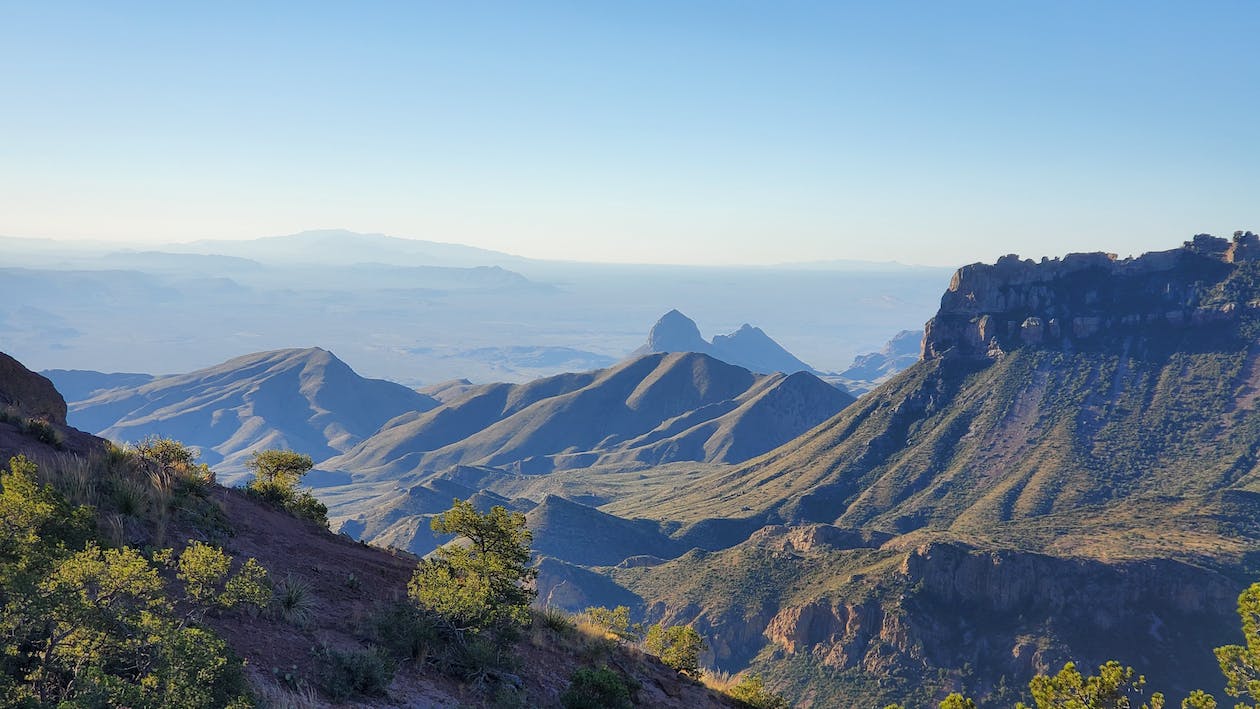Famous with the Rio Grande that serenely passes through West Texas, through space and time, carrying the secrets of millennia in her waters. Big Bend National Park is in the southwestern part of Texas along the Texas-Mexico border. Its grandeur is defined by the deep river gorges sparkle down below, and canyons cut through the isolated Chisos Mountains.
It encompasses 801,163 acres of land area, more significant than the state of Rhode Island. The park has numerous geographical contrasts, including the vegetation belts along the Rio Grande, the Chihuahuan Desert’s sparseness, the Chisos Mountain peaks, and the limestone outcrops of Persimmon Gap and Boquillas Canyon. These areas also experience dramatic climate changes.
The Rio Grande is the dominant feature of the Park. The park sits in the lower part of this ‘big bend,’ adjacent to the international border. The park in Rio Grande’s northern area is mostly arid and rocky, with only limited access by paved roads. A part of the great Chihuahuan Desert extends across much of Mexico north into Texas’s southwest corner.
Various plant species thrive in the area, with some 60 species of cacti and other spiky plants.
History
Texas recognized the scenic beauty in canyons Santa Elena, Mariscal, and Boquillas of Rio Grande’s Big Bend in the early 1930s. In June 1935, Big Bend was established as a national park, preserving the most extensive tracts of Chihuahuan Desert topography and ecology in the United States.
When Congress established Big Bend as a National Park in June of 1944, not only the canyons made an impression, but the diversity in biological species and incredible geologic forces left open for examination swayed the Congress to establish Big Bend as a National Park.
Modern tourism began during the sixties, and the area was known as a destination for adventure travelers, rafters, hikers, birders, and students of natural history.
The Lajitas Resort was built in 1978 and now prospers on a bluff overlooking the Rio Grande. Some river companies, trading companies, and restaurants were put up at the Terlingua Ghost Town.
The International Dark-Sky Association has chosen the park to be an international dark-sky in 2012. Also, the association recognized it park with its Gold Tier title as “free from all but the most minor impacts of light pollution.” The National Park Service measurements show that Big Bend has the darkest skies in the contiguous United States. Thousands of stars, bright planets, and the Milky Way are visible on clear nights.
Activities in the Park
Soak in the Hot Springs
Have a dip in the 105-degree-Fahrenheit waters of the natural hot springs on the Rio Grande River’s edge. This primitive pool is located at .25 miles from the parking area, along a trail running past pictographs and the remains of an old resort from the early 1900s. It is one of the most famous things to do in the park.
The.75 mile hot springs loop offers some incredible views over the Rio Grande River and mountains, and it’s definitely worth walking. This scenic trail goes up along a ridge above the hot springs and offers views up and down the river.
River Trips
Five river canyons are offering incredible opportunities to kayak, canoe, or raft the Rio Grande. The river friendly for beginners and intermediate paddlers at normal water flows, and some sections are ideal for novices. You can bring your own gear, rent equipment from local outfitters, or take a fully-equipped guided trip from a few hours to a few days.
Horseback Riding
One best way to see Big Bend is from the back of a horse. There are short horse rides about an hour being offered in Study Butte just right outside Big Bend National Park. The more exciting trips from 3 hours to multi-day camping trips are available in Big Bend Ranch State Park.
Natural History at the Fossil Discovery Exhibit
If you drive down from Marathon, north of Panther Junction, stopover at the Fossil Discovery Exhibit to learn about the park’s geology.
The display center opened in 2017, and it features outdoor rooms with informative plaques and displays. Some of the most impressive pieces are the bronze skulls of a giant alligator and a Bravoceratops dinosaur. One of the room’s ceiling is a giant pterosaur, the biggest flying creature ever known.
Birding at the park
Due to extreme geological contrasts and climates, various species of birds live in multiple habitats within the park. Some of the excellent locations for birding activities are at riparian river corridor or desert springs, open desert, grasslands, pinyon-oak-juniper woodlands and moist forested canyons.
It is crucial to consider the timing when seeing specific birds or diversity of species. From the 450 species reported in the park, only 56 species live in Big Bend year-round. This points to the importance of spring and fall migrants, as well as summer and winter visitors. If you wish to find a particular bird species, it is best to search within suitable habitats at the appropriate time of year.

